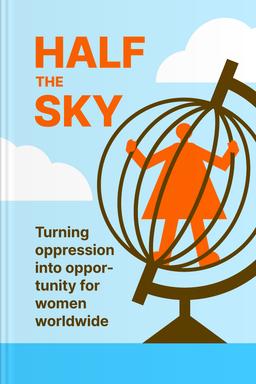You’ll learn
- The gruesome statistics of women’s oppression
- The ways to decrease sex trafficking
- What causes the high maternal mortality
- The best antidote to stop injustice
russia has launched a full-scale war in Ukraine. Donate to support Ukraine and protect the world’s peace.

first KEY POINT
We've gotten used to hearing the term “women's rights issues” quite often. It has been one of the central conversations in the Western world since the late 19th century. Since then, we've achieved quite a lot. Thanks to the different feminist movements, there have been substantial changes in the legislation, culture, traditions, and societal gender roles. But the fight is far from over. In fact, in some parts of the world, it hasn't even yet begun.While in wealthier countries, discrimination nowadays is mostly a matter of unequal pay and social expectations, it is life-threatening in much of the developing world. The statistics of such oppression and abuse are numbing: more women died because of gender-based violence in the last 50 years than men in all the wars of the 20th century. This fact, without exaggeration, points to a gender genocide.Gender-based violence in the world includes sex trafficking, forced prostitution, rape, and maternal mortality. The following chapters will discuss these issues, including their causes and possible solutions.The global scale of gender oppression and the gravity of crimes against women around the globe suggest that this isn't merely a women's rights issue but a human rights one. Unfortunately, of all the U.S. foreign aid, less than 1% is targeted to women's issues; the same is true for many other western countries. But this has to change if we want to win the struggle for gender equality in the developing world.
Investing in women and giving them the tools necessary to become functional members of society and succeed is the most productive thing we can do. According to the United Nations Development Programme, empowering women directly correlates with many other societal issues. For example, it helps improve economic productivity, health, and nutrition, reduce infant mortality, and provide a better foundation for the next generation.
Though plenty of research proves that gender equality is a crucial tool in achieving economic success and battling other societal issues, the usefulness of women shouldn't be a factor when talking about fundamental human rights. The change is already taking place, but it can be accelerated and strengthened if we join our forces and inspire each other.
second KEY POINT
Even though slavery was abolished almost two centuries ago, it is still very much a thing in many parts of the world. It has transformed and disguised itself by many different names, but, at its very core, it remains what it was — a violation of human rights and a crime against humanity.Brothels and red-light districts are nothing more than an example of a slavery makeover. Most prostitutes and sex workers are forced into such establishments against their will, if not by force than by circumstance or lack of means for survival. Enslaved women also tend to accept their fate with time, settling for willingly selling sex. This acceptance happens due to the lack of other options and stigma that thrive in society, preventing them from getting other jobs.

Continue reading with Headway app
Continue readingfirst KEY POINT
second KEY POINT
third KEY POINT
fourth KEY POINT
fifth KEY POINT